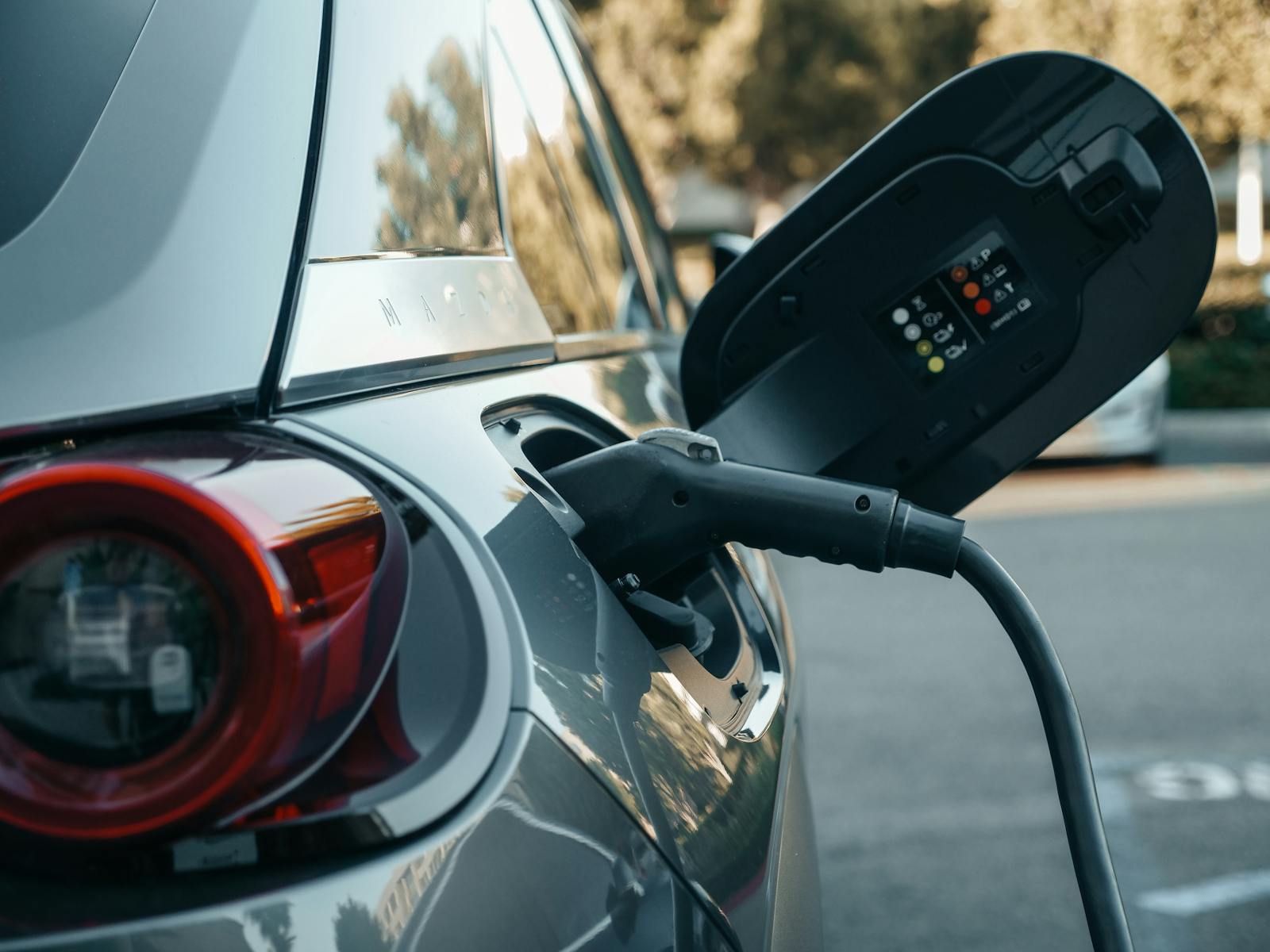Electric vehicles are evolving fast, and their batteries are about to take a giant leap forward. The next generation of EV batteries will be lighter, charge faster, and last longer—all while reducing reliance on rare materials.
These advances will make EVs more affordable, efficient, and sustainable. Whether you’re an EV owner or just curious about the future of transportation, here’s what you need to know about the batteries that will power tomorrow’s electric cars.
1. Solid-State Batteries Will Revolutionize EVs
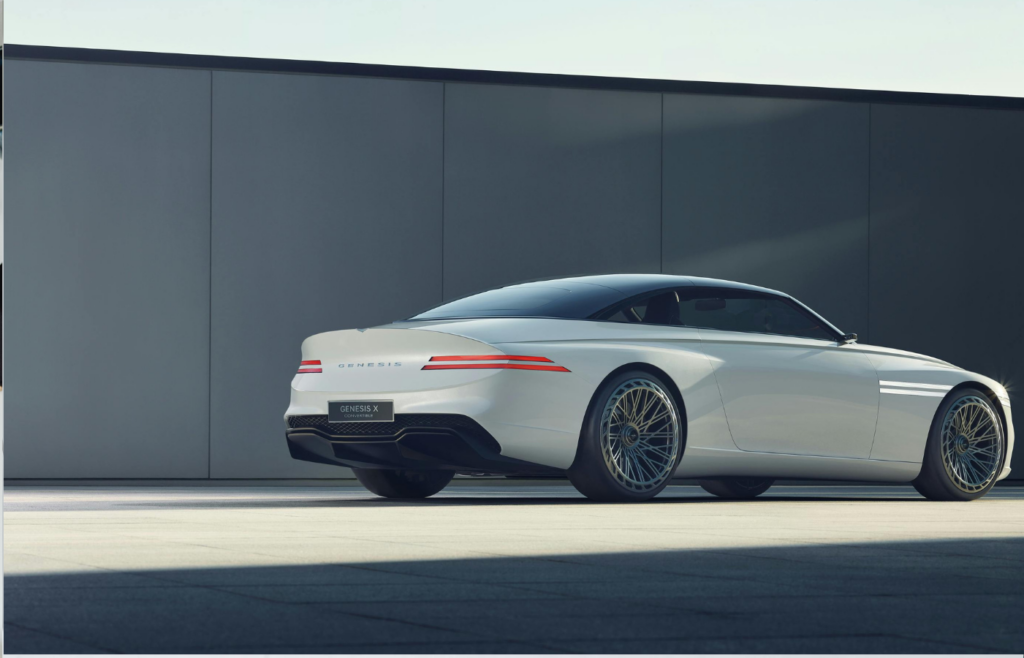
Solid-state batteries are set to replace traditional lithium-ion batteries in EVs. Unlike today’s batteries, which use a liquid electrolyte, solid-state batteries use a solid material. This change makes them safer, more energy-dense, and capable of charging much faster.
Automakers like Toyota, BMW, and Ford are heavily investing in solid-state technology. These batteries promise longer driving ranges and improved durability, meaning fewer battery replacements over an EV’s lifetime. Expect the first commercial solid-state EVs to hit the market within the next few years.
2. Sodium-Ion Batteries Could Lower Costs

Sodium-ion batteries are emerging as a cost-effective alternative to lithium-ion. Instead of using expensive lithium, these batteries rely on sodium, which is far more abundant and cheaper to source. This could make EVs more affordable and reduce dependency on rare minerals like cobalt and nickel.
While sodium-ion batteries don’t yet match lithium-ion in energy density, they perform well in cold temperatures and charge quickly. Companies like CATL and BYD are already developing sodium-ion battery packs, with plans to integrate them into budget-friendly EVs and hybrid models.
3. Ultra-Fast Charging is on the Horizon
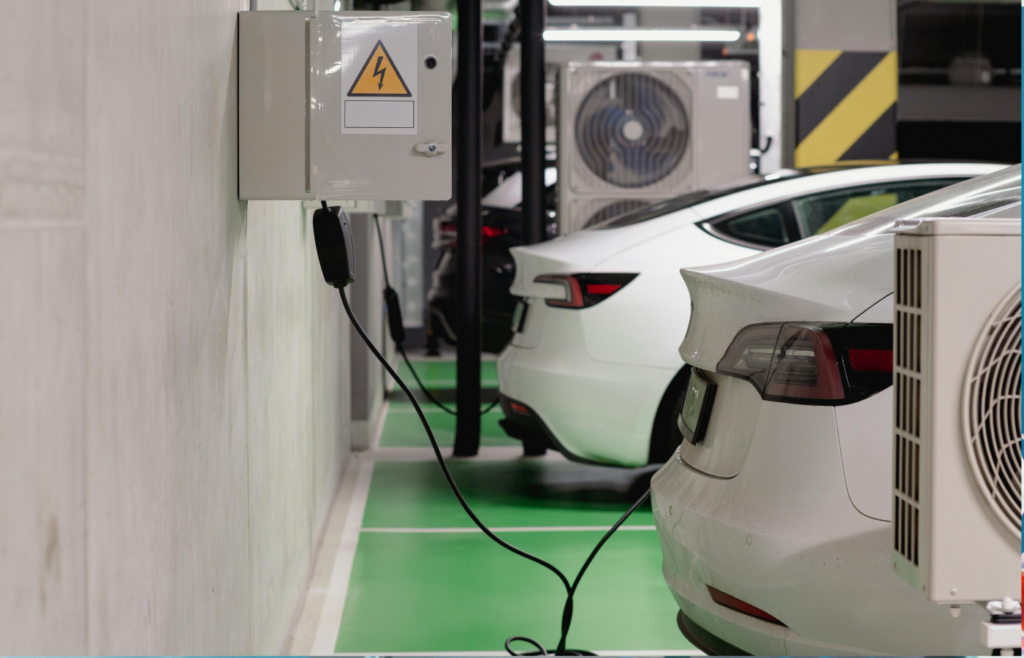
One of the biggest frustrations with EVs is charging time, but new battery technology is fixing that. Advances in solid-state and silicon-anode batteries could cut charging times down to 10-15 minutes for a full charge—comparable to refueling a gas car.
These breakthroughs will make long road trips in EVs much more practical. Tesla, Porsche, and Hyundai are already working on ultra-fast charging solutions that could become the new standard within a few years.
4. Longer Lifespans Will Reduce Waste
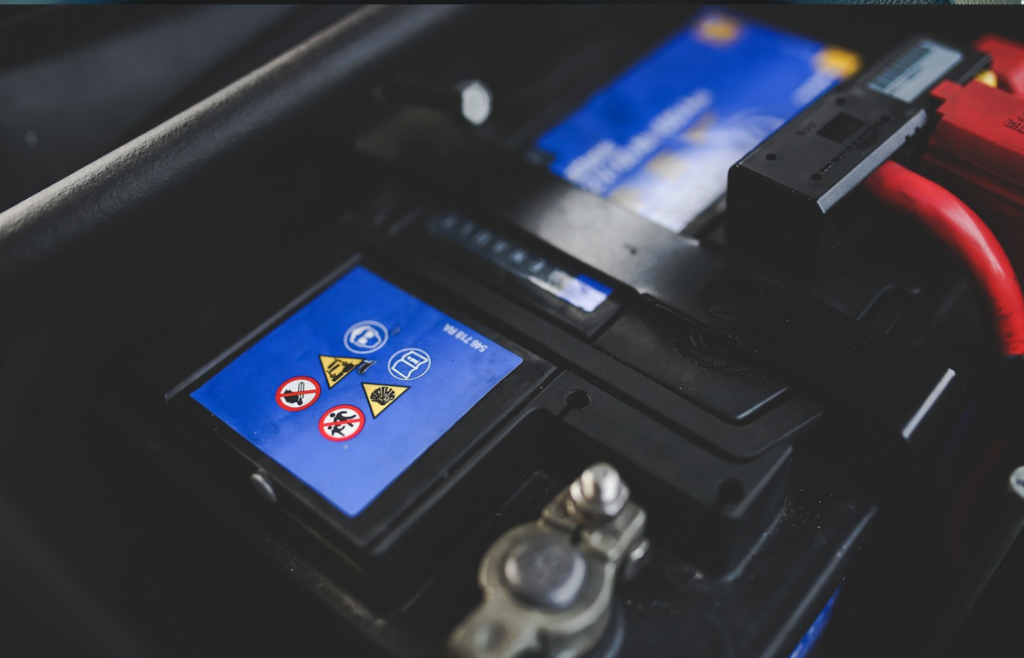
Today’s EV batteries can last 8-15 years before significant degradation. The next generation will last even longer. Improvements in battery chemistry, like lithium-sulfur and solid-state designs, will extend lifespans to 20 years or more.
This means fewer battery replacements and less environmental waste. Some manufacturers are even designing batteries with second-life applications, repurposing them for home energy storage after their EV days are over.
5. Lithium-Iron-Phosphate (LFP) Batteries Are Gaining Popularity

Lithium-iron-phosphate (LFP) batteries aren’t new, but they’re making a major comeback. These batteries are cheaper, safer, and more durable than traditional lithium-ion options. Tesla and Ford have already started using them in their standard-range EV models.
While LFP batteries don’t offer the same high energy density as nickel-based batteries, they excel in longevity and thermal stability. Expect more automakers to switch to LFP for their affordable and mid-range EVs in the coming years.
6. EV Batteries Are Becoming More Sustainable

Mining materials for EV batteries has raised environmental concerns, but companies are working on greener solutions. Recycling programs are expanding, allowing old batteries to be broken down and repurposed into new ones.
Additionally, researchers are developing batteries that use fewer rare materials. Sodium-ion, lithium-sulfur, and even organic-based batteries are being explored as more sustainable options. These changes will make EVs even more eco-friendly over time.
7. Battery Safety is Improving
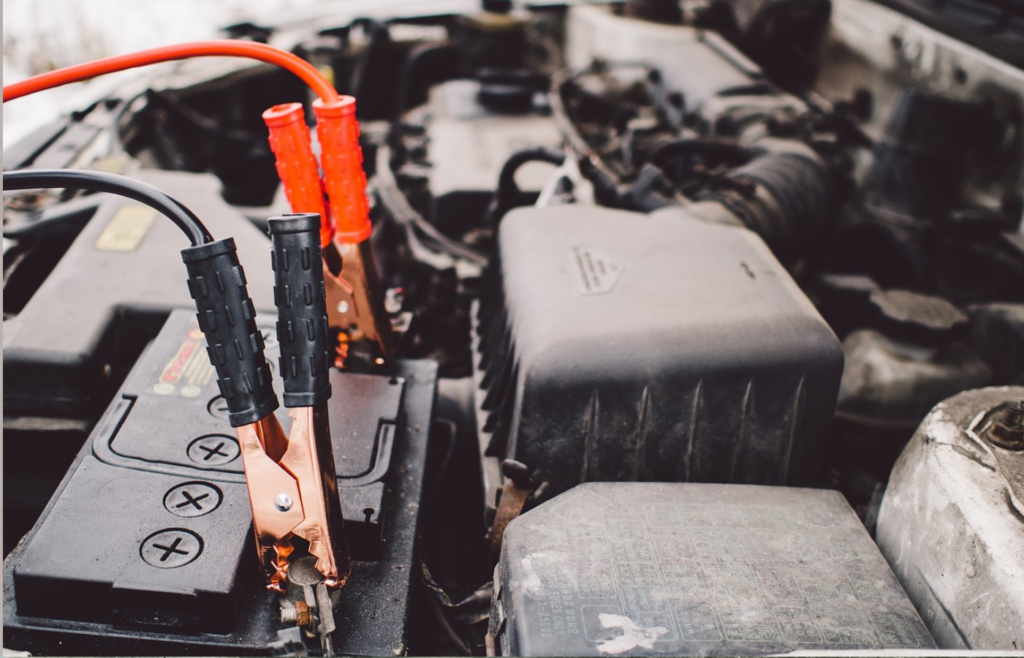
Battery fires are rare, but safety concerns still exist. Next-gen EV batteries are being designed with better thermal management, preventing overheating and reducing the risk of fires or explosions.
Solid-state and LFP batteries are naturally more stable than traditional lithium-ion options. Additionally, new software-driven battery management systems (BMS) will detect and prevent potential failures before they become dangerous.
8. Wireless Charging is Becoming a Reality
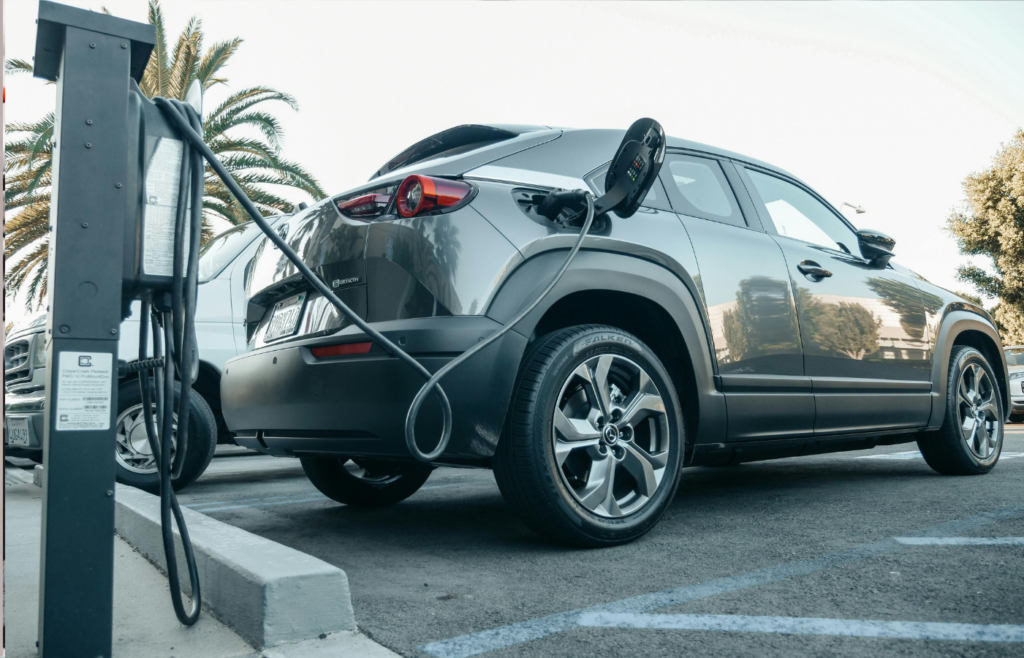
Imagine parking your EV in a garage and having it charge automatically—no cables required. Wireless charging technology is progressing fast, with companies like WiTricity and BMW developing inductive charging pads that work just like a smartphone’s wireless charger.
While still in its early stages, wireless charging could eliminate the hassle of plugging in your car. In the future, highways may even feature embedded wireless charging strips, allowing EVs to charge while they drive.
9. EV Battery Performance in Cold Weather is Improving

Cold weather has always been a challenge for EVs, reducing battery efficiency and range. But new battery chemistries are fixing this issue. Sodium-ion and LFP batteries perform better in freezing temperatures, while new thermal management systems keep battery packs at optimal operating conditions.
Companies like Tesla and Rivian are also improving heat pump technology to maximize range in cold climates. These advances mean EVs will soon perform more reliably in winter conditions, making them a better choice for all-season driving.
10. Energy-Dense Batteries Will Unlock Longer Ranges
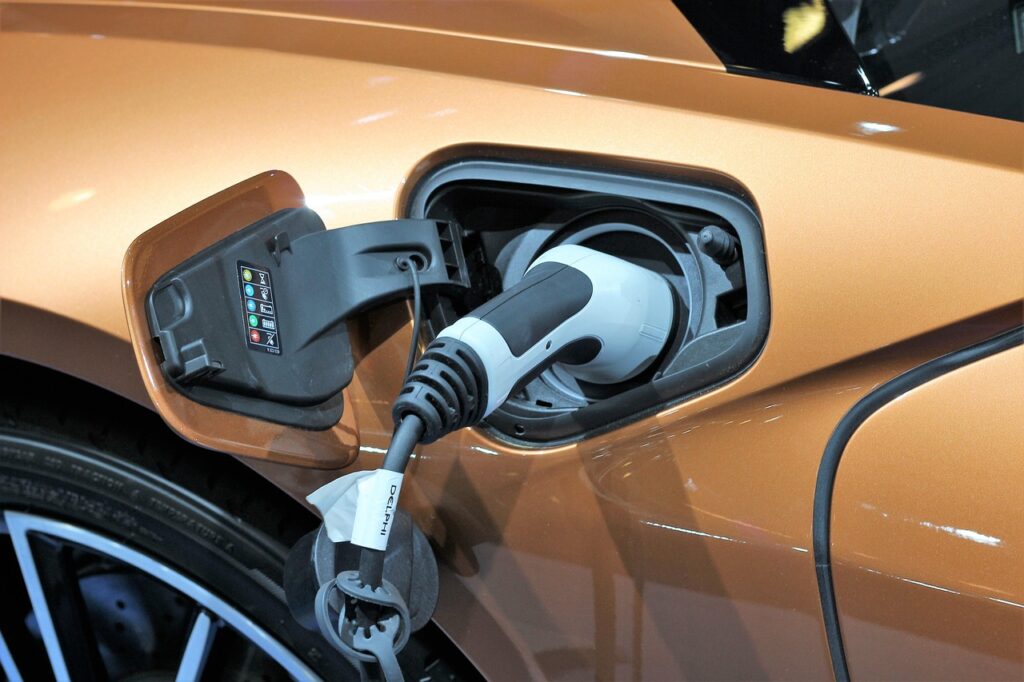
The dream of an EV that can drive 600+ miles on a single charge is becoming a reality. Next-gen batteries, including solid-state, lithium-sulfur, and silicon-anode designs, promise significantly higher energy densities.
This means future EVs won’t just match gasoline cars in range—they’ll surpass them. Some early prototypes have already demonstrated over 700 miles per charge, and these ultra-long-range batteries could be available to consumers within the decade.

